Panasonic's Automotive Influence Grows as Company Takes Over Supplier

The company once known mainly for its televisions is growing ever-longer tentacles into the automotive industry.
Panasonic, which is already a major battery supplier for electrified vehicles, has bought a majority stake in a Spanish auto parts supplier, giving it a larger foothold in the automotive realm.
Reuters reports Samsung has decided to purchase an extra 20 percent of Ficosa, which produces high-tech automotive mirrors and various safety systems, raises its ownership of the company to 69 percent. Panasonic hasn’t detailed the purchase cost.
The deal, which could be approved in April, is part of an industry-wide trend towards high-value automobiles. As we’ve seen with Google, Apple, and a myriad of other tech companies, there’s money in them there cars. Builders of mobile devices and other electronics see supplying the auto industry as a stable meal ticket — the best way to avoid ruin while battling for scarce dollars at the lower end of the consumer market.
Panasonic’s Automotive & Industrial Systems Company has many global branches, with its American offices located in Peachtree, Georgia, and Farmington Hills, Michigan. Globally, the company predicts auto-related income of nearly $18 billion by 2019. That income surge comes by way of infotainment and connectivity systems that no new car can be without.
In 2015, Ficosa announced a new production facility in Tennessee for its rear-view camera systems — its first in the U.S. It opened on October 31. From that plant, the company supplies the Detroit Three, as well as Nissan and Volkswagen.
The two companies have already partnered on the development of an “intelligent” rear-view mirror that uses a rear-facing camera to project an image.
[Image: © 2017 Chris Tonn/The Truth About Cars]

More by Steph Willems
Latest Car Reviews
Read moreLatest Product Reviews
Read moreRecent Comments
- ToolGuy First picture: I realize that opinions vary on the height of modern trucks, but that entry door on the building is 80 inches tall and hits just below the headlights. Does anyone really believe this is reasonable?Second picture: I do not believe that is a good parking spot to be able to access the bed storage. More specifically, how do you plan to unload topsoil with the truck parked like that? Maybe you kids are taller than me.
- ToolGuy The other day I attempted to check the engine oil in one of my old embarrassing vehicles and I guess the red shop towel I used wasn't genuine Snap-on (lots of counterfeits floating around) plus my driveway isn't completely level and long story short, the engine seized 3 minutes later.No more used cars for me, and nothing but dealer service from here on in (the journalists were right).
- Doughboy Wow, Merc knocks it out of the park with their naming convention… again. /s
- Doughboy I’ve seen car bras before, but never car beards. ZZ Top would be proud.
- Bkojote Allright, actual person who knows trucks here, the article gets it a bit wrong.First off, the Maverick is not at all comparable to a Tacoma just because they're both Hybrids. Or lemme be blunt, the butch-est non-hybrid Maverick Tremor is suitable for 2/10 difficulty trails, a Trailhunter is for about 5/10 or maybe 6/10, just about the upper end of any stock vehicle you're buying from the factory. Aside from a Sasquatch Bronco or Rubicon Jeep Wrangler you're looking at something you're towing back if you want more capability (or perhaps something you /wish/ you were towing back.)Now, where the real world difference should play out is on the trail, where a lot of low speed crawling usually saps efficiency, especially when loaded to the gills. Real world MPG from a 4Runner is about 12-13mpg, So if this loaded-with-overlander-catalog Trailhunter is still pulling in the 20's - or even 18-19, that's a massive improvement.
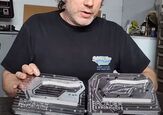

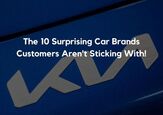













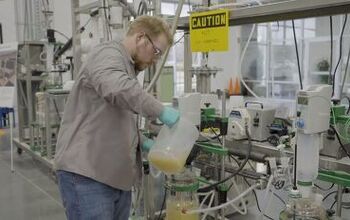
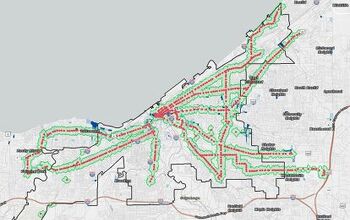
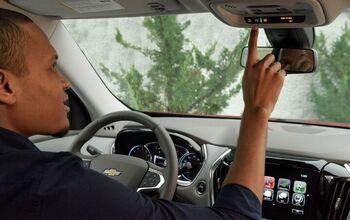
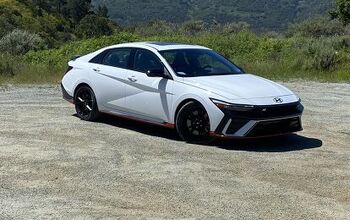
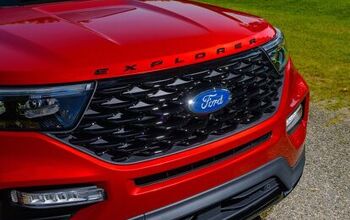

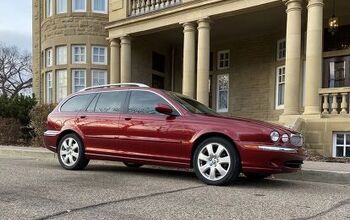
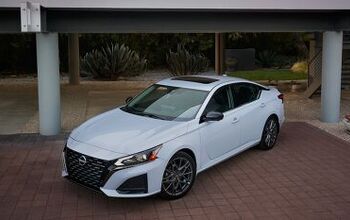
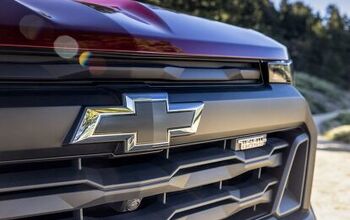
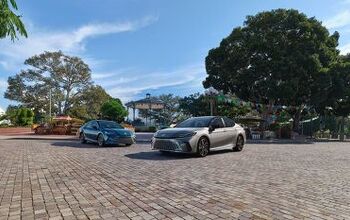
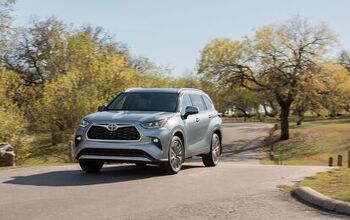
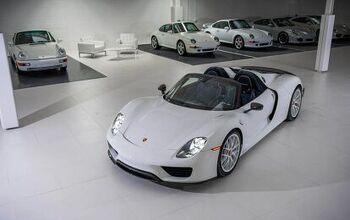
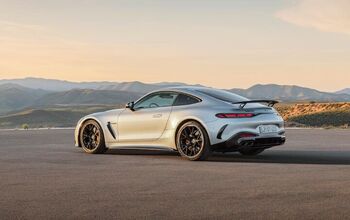
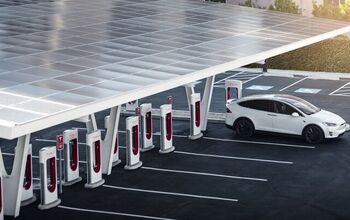
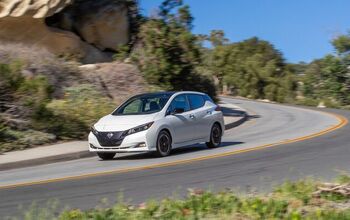
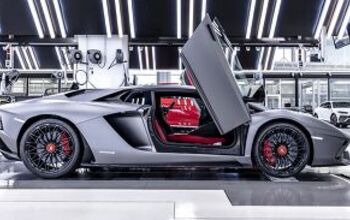
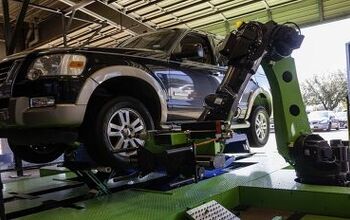
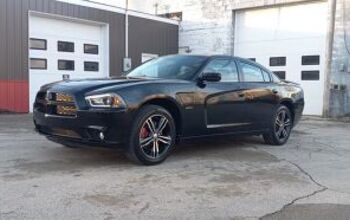
Comments
Join the conversation
This article is completely confusing. Which is it Panasonic or Samsung? "****Samsung**** has decided to purchase an extra 20 percent of Ficosa, which ... raises its ownership of the company to 69 percent. ****Panasonic**** hasn’t detailed the purchase cost." Hello, proofreader or editor needed.
Some Rambling thoughts. I used Panasonic Head unites in several cars back in the late 90's and early 2000's. I don't know what it was about their digital amps in their head units, but they always sounded better to my ear over Sony and Pioneer. Also Interesting is had Panasonic directly and several recruiters try and get me to interview over there in Peachtree GA. Getting to Samsung, a friend of mine works for a company doing high end Video stuff that was purchased some time ago by Harman. Then recently Samsung purchased Harmon mainly for Harman's auto business.